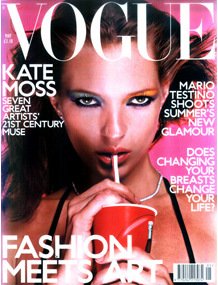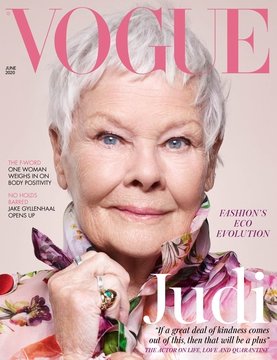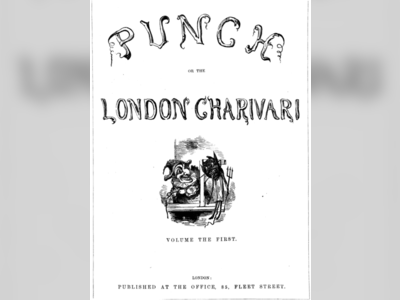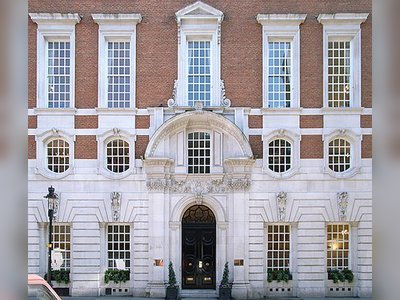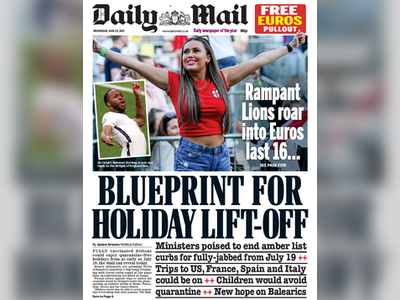British Heritage
Remember, Cherish, Learn.
beta
British Vogue
Contribution of British Vogue to British Heritage.
British Vogue holds a significant place in British heritage as a pioneering fashion magazine that has not only influenced the world of fashion but also played a role in shaping literature, arts, and society. Since its inception in 1916, the magazine has been a reflection of British culture, style, and elegance, making it a symbol of fashion and high society. Its enduring legacy lies in its ability to bridge the gap between fashion and the broader cultural landscape, making it more than just a fashion magazine.
During the First World War, Condé Nast faced challenges in shipping the American edition of Vogue to the British Isles. As a solution, the British edition of Vogue was launched, providing fashion coverage to the British audience during a time of paper shortages and shipping restrictions. Under the early editorial leadership of Elspeth Champcommunal and Dorothy Todd, British Vogue underwent shifts in focus, from fashion and literature to arts and society. These changes led to fluctuations in its readership but set the stage for the magazine's future identity.
Under the stewardship of editors like Audrey Withers, British Vogue took on a literary direction, featuring articles from prominent English writers such as Virginia Woolf and Aldous Huxley. During the Second World War, the magazine actively participated in reporting the war and featured stories on wartime nursing and the liberation of Paris. This literary approach added depth and substance to the magazine, distinguishing it from other fashion publications.
British Vogue's legacy also lies in its influential and innovative editorships over the years. Dame Anna Wintour, who later became the editor of Vogue in New York City, made notable contributions during her tenure as the British Vogue editor. Under her leadership, the magazine showcased emerging photographers like Mario Testino and championed the use of more diverse and inclusive models, challenging the fashion industry's reliance on size-zero models.
Edward Enninful's appointment as editor-in-chief marked another milestone in the magazine's history. Enninful, known for his influence in the realms of fashion, Hollywood, and music, brought a fresh perspective to British Vogue. He used the magazine as a platform to highlight important social issues and collaborated with influential figures like Meghan, Duchess of Sussex, and activists for special issues. The September 2020 edition, featuring activists associated with the Black Lives Matter movement, became a groundbreaking moment in the magazine's history, with the cover being the first taken by a black male photographer, Misan Harriman.
British Vogue's contribution to British heritage goes beyond mere fashion coverage. It has been a cultural barometer, reflecting the changing times and attitudes of British society. From the glamour of high society to addressing social issues and activism, the magazine has evolved to become a representative of contemporary British culture and its ongoing evolution.
British Vogue's success can be attributed to its ability to blend fashion with culture, literature, and social consciousness. While its sales revenue is not the primary source of profitability, its extensive advertising pages demonstrate its commercial appeal and influence in the fashion industry. Its status as the most profitable British magazine and one of the most profitable editions of Vogue worldwide speaks to its enduring relevance and impact.
In conclusion, British Vogue's rich history, influential editorships, and ability to reflect the cultural zeitgeist have firmly established it as an iconic part of British heritage. Its role in connecting fashion with literature, arts, and societal issues has made it a lasting symbol of elegance, style, and sophistication. As it continues to evolve under the guidance of visionary editors, British Vogue will undoubtedly remain a cultural touchstone and continue to shape fashion and British heritage for generations to come.
History and Evolution
During the First World War, Condé Nast faced challenges in shipping the American edition of Vogue to the British Isles. As a solution, the British edition of Vogue was launched, providing fashion coverage to the British audience during a time of paper shortages and shipping restrictions. Under the early editorial leadership of Elspeth Champcommunal and Dorothy Todd, British Vogue underwent shifts in focus, from fashion and literature to arts and society. These changes led to fluctuations in its readership but set the stage for the magazine's future identity.
Cultural and Literary Significance
Under the stewardship of editors like Audrey Withers, British Vogue took on a literary direction, featuring articles from prominent English writers such as Virginia Woolf and Aldous Huxley. During the Second World War, the magazine actively participated in reporting the war and featured stories on wartime nursing and the liberation of Paris. This literary approach added depth and substance to the magazine, distinguishing it from other fashion publications.
Innovative Editorships
British Vogue's legacy also lies in its influential and innovative editorships over the years. Dame Anna Wintour, who later became the editor of Vogue in New York City, made notable contributions during her tenure as the British Vogue editor. Under her leadership, the magazine showcased emerging photographers like Mario Testino and championed the use of more diverse and inclusive models, challenging the fashion industry's reliance on size-zero models.
The Enninful Era
Edward Enninful's appointment as editor-in-chief marked another milestone in the magazine's history. Enninful, known for his influence in the realms of fashion, Hollywood, and music, brought a fresh perspective to British Vogue. He used the magazine as a platform to highlight important social issues and collaborated with influential figures like Meghan, Duchess of Sussex, and activists for special issues. The September 2020 edition, featuring activists associated with the Black Lives Matter movement, became a groundbreaking moment in the magazine's history, with the cover being the first taken by a black male photographer, Misan Harriman.
Fashion and Society
British Vogue's contribution to British heritage goes beyond mere fashion coverage. It has been a cultural barometer, reflecting the changing times and attitudes of British society. From the glamour of high society to addressing social issues and activism, the magazine has evolved to become a representative of contemporary British culture and its ongoing evolution.
Success and Influence
British Vogue's success can be attributed to its ability to blend fashion with culture, literature, and social consciousness. While its sales revenue is not the primary source of profitability, its extensive advertising pages demonstrate its commercial appeal and influence in the fashion industry. Its status as the most profitable British magazine and one of the most profitable editions of Vogue worldwide speaks to its enduring relevance and impact.
In conclusion, British Vogue's rich history, influential editorships, and ability to reflect the cultural zeitgeist have firmly established it as an iconic part of British heritage. Its role in connecting fashion with literature, arts, and societal issues has made it a lasting symbol of elegance, style, and sophistication. As it continues to evolve under the guidance of visionary editors, British Vogue will undoubtedly remain a cultural touchstone and continue to shape fashion and British heritage for generations to come.
- British Vogueen.wikipedia.org
